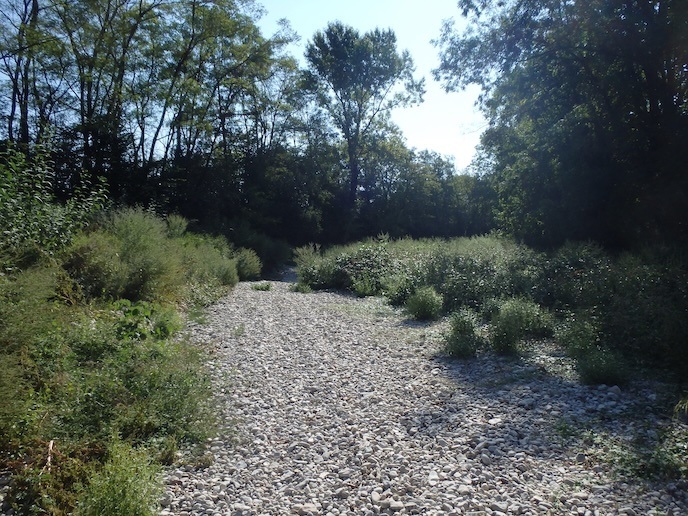Understanding impacts of drying river networks
As droughts become more intense due in part to the impact of climate change, many rivers are likely to experience more drying. At the same time, there is growing scientific understanding that the majority of river networks actually dry naturally over the course of a year. Taking this factor into account is critical if we are to put in place meaningful river management policies. The challenge has been that many underlying scientific assumptions have been based on an understanding that rivers should flow all year round.
Natural drying of river networks
The EU-funded DRYvER(opens in new window) project sought to provide evidence of this natural drying phenomenon, and from this, develop policy recommendations and tools to support this reality. Nine river case studies in Europe and South America were selected, providing contrasting environments and contexts. “We were able to show that the majority of river networks are prone to dry naturally,” says project coordinator Thibault Datry from the National Research Institute for Agriculture, Food and Environment(opens in new window) (INRAE) in France. “This knowledge is important if we want to understand river flows, and conserve and restore rivers.” This work was published in the journal ‘Nature’(opens in new window) in 2021. This knowledge was then integrated across areas such as ecology, biochemistry and ecosystem services to quantify the current effects of drying, and also translate climate change models into hydrological models, to generate prospective scenarios under climate change. “We also looked at the impact of drying processes in terms of the ecological function of rivers, such as the processing of carbon,” adds Datry.
Promoting citizen science
A central element – and key success – of the project was the involvement of citizens(opens in new window). Volunteers collected and sent information on river drying events, which the project team then compiled into a database(opens in new window). This was used notably to help in calibrating their models. “We were able to confirm the ecological significance of drying in terms of biodiversity at both the local and regional levels,” notes Datry. “We showed that, regionally, drying acts as a dam, temporarily fragmenting river networks.” This phenomenon can have a knock-on effect in terms of impeding water flow, sediment and the movement of organisms. These insights were incorporated into climate model outputs to project impacts of future drying scenarios. “One striking result was the link between drying and the ability of rivers to produce CO2,” remarks Datry. “We demonstrated that accounting for drying sections can increase the total quantity of CO2 emitted by river networks. This shows the importance of taking account of drying rivers when analysing the global carbon cycle.”
River drying onto the agenda
The project has resulted in the publication of a number of scientific papers, and encouraged a paradigm shift in river science. “No one can ignore the impact of natural drying on a range of processes,” says Datry. The dedicated citizen-focused smartphone app, which is freely available, has been translated into 23 languages and used in 30 countries. “This not only helps us gather data, but also increases awareness of this issue, and is now taken up by water managers to monitor flow states,” notes Datry. Finally, the work of DRYvER has fed into policymaking, resulting in a number of recommendations and pushing drying onto the agenda. “One recommendation for example is that storing water through the use of small dams can actually be counterproductive because it further fragments river networks,” adds Datry. “We showed that connectivity is critical for the resilience of these fragile ecosystems.”







